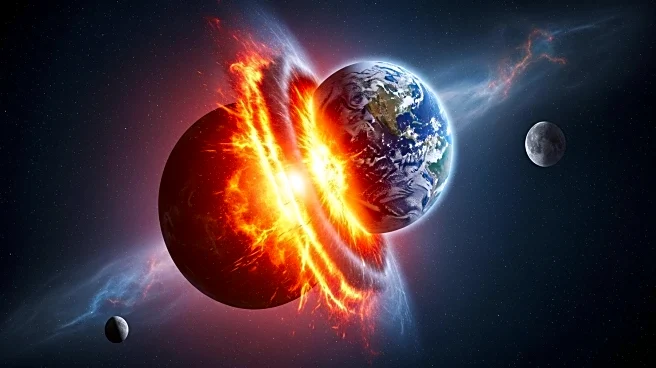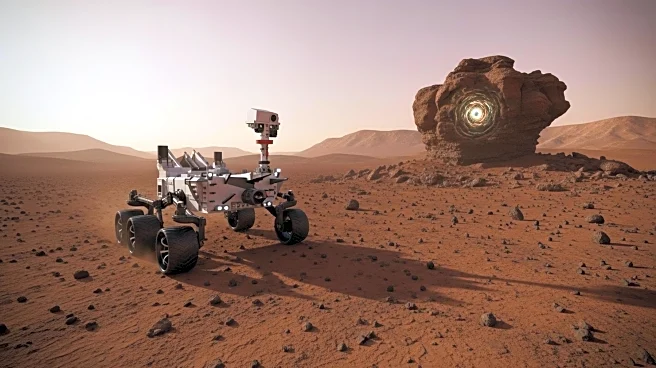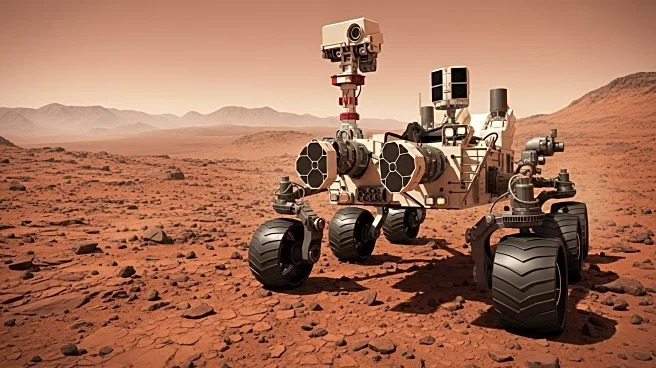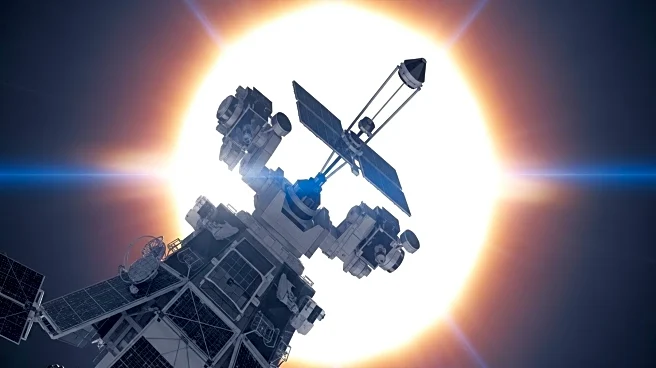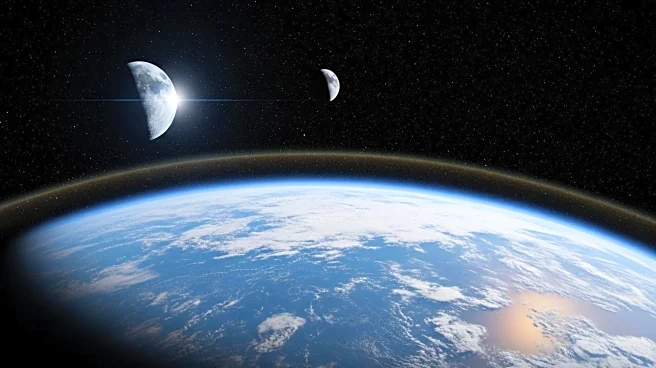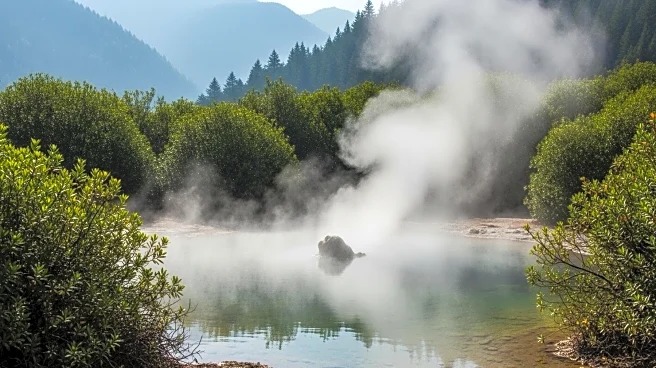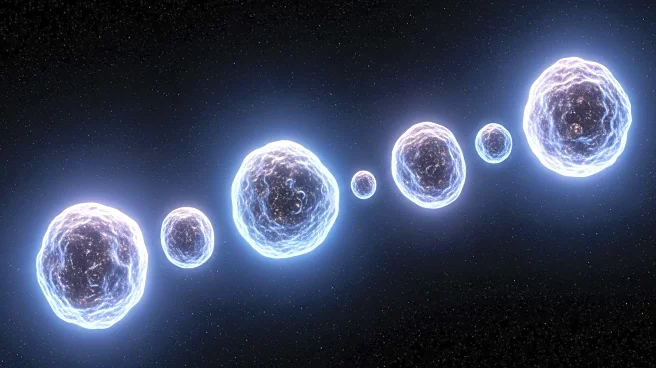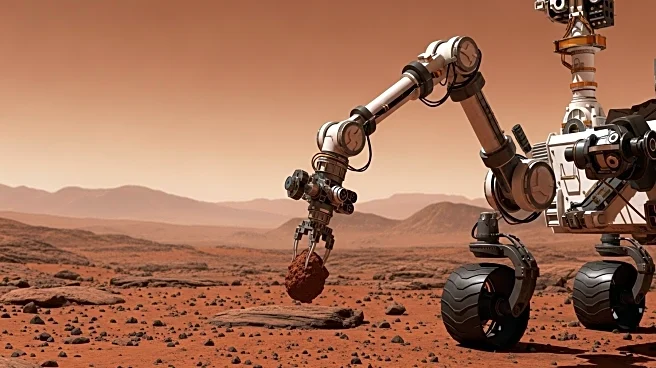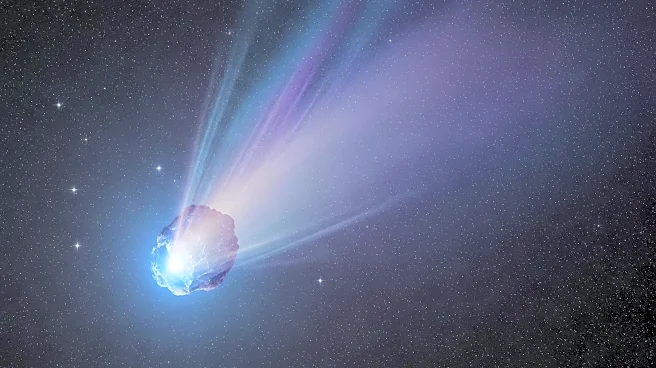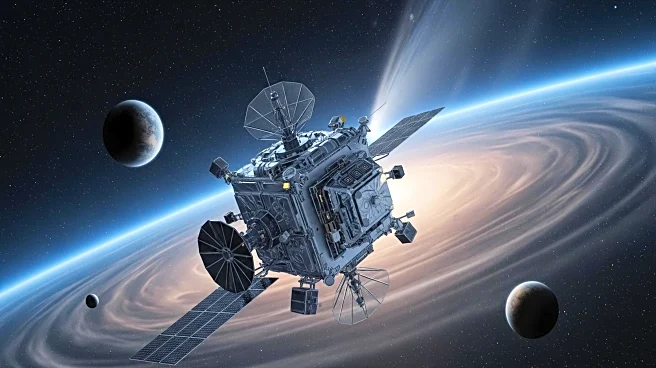What's Happening?
Recent research highlights the significance of a colossal collision between Earth and a Mars-sized body named Theia approximately 4.5 billion years ago. This event is believed to have been crucial in shaping Earth's chemical composition, making it conducive to life. Initially, Earth formed quickly but lacked essential volatile organic compounds, such as water and carbon, necessary for life. The collision with Theia, which likely originated from a volatile-rich region of the solar system, is thought to have delivered these critical elements, altering Earth's surface environment and enabling the development of life. The study utilized high-precision isotopic measurements to determine the timeline of Earth's formation and the subsequent changes in its chemical makeup.
Why It's Important?
Understanding the early formation of Earth and the role of the Theia collision provides insights into the conditions necessary for life. This research underscores the importance of volatile elements in creating a habitable environment and highlights the complex interplay of cosmic events that can influence planetary development. The findings have broader implications for the study of exoplanets and the search for life beyond Earth, as they suggest that similar collisions could be a common mechanism for delivering life-essential compounds to other planets. The research also challenges the notion that a planet's habitability is solely determined by its position in the habitable zone, emphasizing the significance of its formation history.
Beyond the Headlines
The study raises questions about the precise nature of the Theia collision and its impact on both Earth and the Moon. Further research and modeling are needed to fully understand the chemical and isotopic signatures resulting from this event. This knowledge could refine our understanding of planetary formation and the conditions that lead to the emergence of life, offering a new perspective on the factors that contribute to a planet's habitability.

